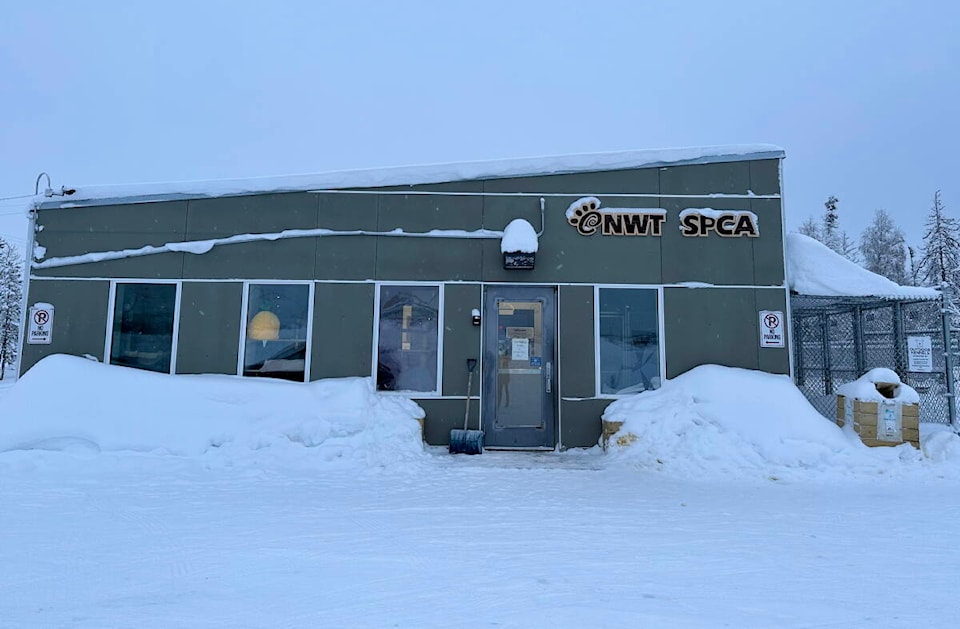SPCA manager Craig Taggart has 60 to 70 animals on his list, waiting to come to the Yellowknife shelter.
Some are from this city but others are waiting in communities throughout the NWT and Nunavut.
The need for spaces has become so serious that the SPCA recently put out a call for more housing since animals’ lives are potentially at risk.
There are rescue organizations in many communities trying to help dogs in need but the kennel in Yellowknife is the only one that can house unplaced animals, except for Hay River. That South Slave community also has a shelter but mostly to help the animal population there.
The need for adequate housing here has become critical.
That there are so many animals waiting to come in to the Yellowknife shelter to fill the 25-odd spaces. Rescue operations in the south are no longer able to take Northern rescues. Between March 20, 2020 and March 20 2022, 12 dogs a month were transferred south. No more. Too many people in the south surrendered pets once Covid-19 restrictions eased and they returned to work. Consequently, Northern dogs are no longer accepted.
There are currently 24 dogs and 3 cats in care at the Yellowknife shelter and 24 adoptions in trial, but this in no way meets the need for homes.
Last month, a post from the SPCA asked that potential adopters and fosters come forward to help with the large number of pets needing to be housed. The post suggested that without more homes, some animals, especially dogs, may remain in abusive situations, left roaming the streets or die.
This was before frigid temperatures set in last month.
Taggart says that because of the limited space at the shelter, they have to triage animals on his list. Those most in need or endangered will be brought in first. Some have remained on the wait list for six months because the shelter simply did not have room.
The problems have been exacerbated by staff shortages, which means some kennels sit empty. Too few staff doing too much work leads to burnout and poor staff retention, which the SPCA cannot afford. Ideally, says Taggart, the shelter could use four or five more employees. Volunteers pitch in when they can but those numbers ebb and flow, meaning that staff have high workloads when help is not available.
Though the shelter would like more people willing to adopt pets, not everyone who applies will necessarily go home with a new pet. In some cases, they may have to wait until a good fit comes along. The shelter doesn’t want animals returned and would prefer the proper fit from day one.
New adopters, he adds, are never left alone — support from the shelter is always available.
That the right animal goes to the right home is important, which makes fostering a good first step. The shelter currently has 21 dogs in long- or short term foster homes, which means that expenses related to the animal are covered by the SPCA. An advantage of fostering is that the shelter can learn more about how the animal behaves in a home environment. The downside is that they have to keep a kennel open and available in case the animal is brought back.
Since some of the animals come from the streets or abusive situations, the shelter works on developing their social skills before the pets move into the community. Some are challenging but there are also people who see the potential in problematic animals and are up for the test. Taggart is a certified dog trainer and provides ongoing support.
The shelter has put out a call for more placements because of the long waitlist and a growing concern about the fate of Northern dogs who not long ago were in good demand down south. Now people in the territories are being called on to help care for their own.
For more information about adopting or fostering, those interested can contact Taggart at dogs@nwtspca.com or Sarah for cats at cats@nwtspca.com
—By Nancy Vail, special to Northern News Services

